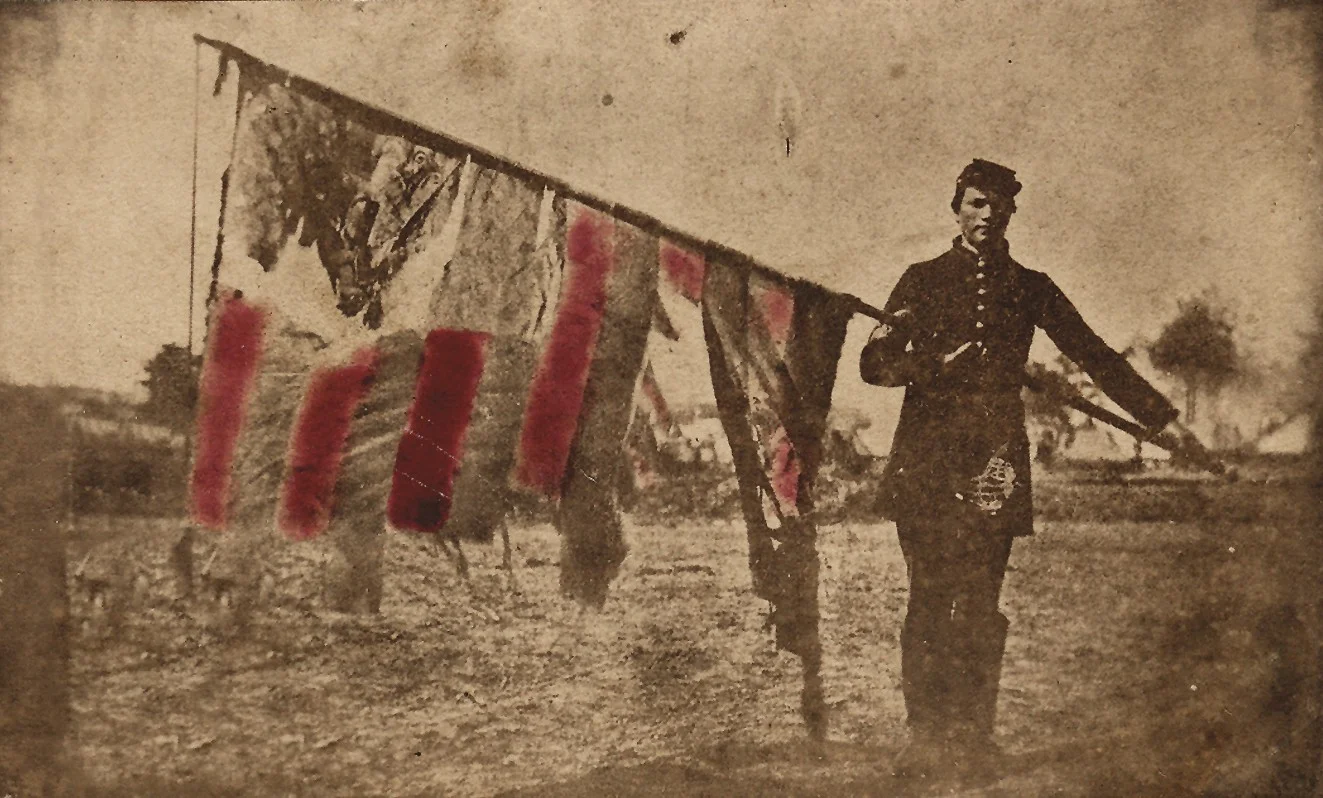Using storytelling and conversational learning to conduct professional discussions are not new ideas but they are ideas that need to be taught and reinforced in the Army PME courses and by leaders throughout the operational force. Mission command is based on trust, which requires understanding. One of the most effective ways to gain understanding of the capability and competence of one peers, superiors and subordinates is through professional discussion in a learning environment.
Optimizing the #Human Dimension through Education within the Operational Army
The operational force and its commanders must deliberately integrate education into their leader development programs, complementing the efforts of the institutional Army. To enable this, we must increase our awareness of the existing educational resources, maximize our use of these resources and identify shortcomings to assist our leaders in their efforts. The Human Dimension and human performance will be more important in future operational environments than ever before and education is the key to our success.
The Narrative Dimension of #Humans
The power of the narrative dimension is found in the sense of coherence they provide of how the world is, how people are, and how to respond to disruptions of that worldview. The Human Dimension fails to account for their organizing functions to elicit support for a vision of the future, promote clarity of the discourse between people of different social groupings, or unpack the factors influencing human behavior.
Senior Leadership & the #Human Dimension The Importance of Trust
There are two calls to action in the Human Dimension White Paper. The first is to senior leaders to provide resources for developing our junior leaders. The second is to junior leaders to begin developing their peers and subordinates. These two must happen in conjunction with each other. And that can only occur through clear and open dialogue between all ranks.






